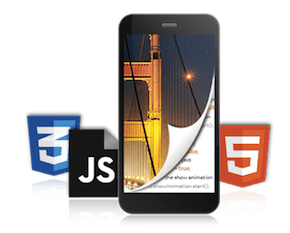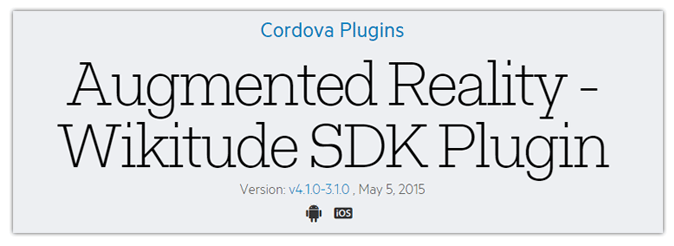Telerik Platform and Wikitude Make Augmented Reality a Snap
A quick survey of current industry research leaves little room to deny that the future is bright for augmented reality and its associated industry, mainly wearable technology.
What is "Augmented Reality" Really?

For the uninitiated, what the heck is augmented reality (AR)? This Wikipedia entry has been quoted time and time again, but quite frankly, we find it a bit boring. True, augmented reality is based around the concept of adding computer-generated information to what’s already visible, but today’s hardware (like Microsoft’s HoloLens) is finally beginning to catch up to our "Terminator" vision of what augmented reality can be.
Today, thanks to powerful 2D and 3D computer vision technology, brands are able to connect directly with consumers through augmenting the pages of print. Switzerland’s largest retailer, MANOR AG, has recently augmented its entire fashion and beauty catalogues. Superstars One Direction delight readers with additional digital content made possible only with augmented reality.
But augmented reality doesn’t need to be restricted to the print media sector. There are plenty of agencies and enthusiasts employing AR technology to make the invisible world around them, visible. From turn-by-turn directions, to points of interest, to immersive digital games just waiting to be discovered through the eye of augmented reality, if you can imagine it, it’s possible with AR.
Wikitude and the Wikitude SDK

The illustrations above highlight just some of the things that are possible with augmented reality. When Wikitude provided the first AR browser for mobile phones in 2008, it had to start from the ground up. There was no software development kit. As it turned out, there were quite a few others who wanted to take advantage of this technology.
At the same time, Wikitude wanted to make their technology easy to understand and use by those who weren't familiar with it. Therefore, they decided to rely heavily on industry standards and popular ways to produce content. The power and complexity of the augmented reality functionality of the Wikitude SDK is cloaked behind a simple JavaScript API.
Based on web technology, the decision to offer the Wikitude SDK as a plugin for Cordova was quite simple. Using the Cordova plugin, you can work with the Telerik Platform as your development platform and create stunning augmented reality apps. If you can make a web page, you can make an augmented reality experience. How far and wide you want to push what's possible is completely up to you.
Telerik Verified Cordova Plugin for Augmented Reality

Adding the Wikitude SDK to your own project is easy and free for testing purposes. The free trial version is running the full feature set and its only limitation is a watermark across the screen.
It couldn't be easier for you to add augmented reality features to your hybrid mobile app in Telerik AppBuilder. The Wikitude SDK Cordova plugin is available today on the Verified Plugins Marketplace.
With any Telerik AppBuilder client, you can add the plugin with just a few clicks:
- In the Project Navigator, right click your project and choose Manage Packages
- Choose the Plugins Marketplace tab
- Search for "wikitude" and click Install
Likewise, using the Telerik AppBuilder CLI, it's one simple command: appbuilder plugin add "Augmented Reality - Wikitude SDK Plugin".
And if you want to see a sample app, there is one available in the Wikitude GitHub repo.
If you're looking to add augmented reality features to your hybrid mobile app, look no further than the Telerik Platform and Wikitude!

Rob Lauer
A maker at heart and a supporter of the open web, Rob is Developer Relations Lead at Blues Wireless. You can find Rob rambling incoherently on Twitter @RobLauer.
